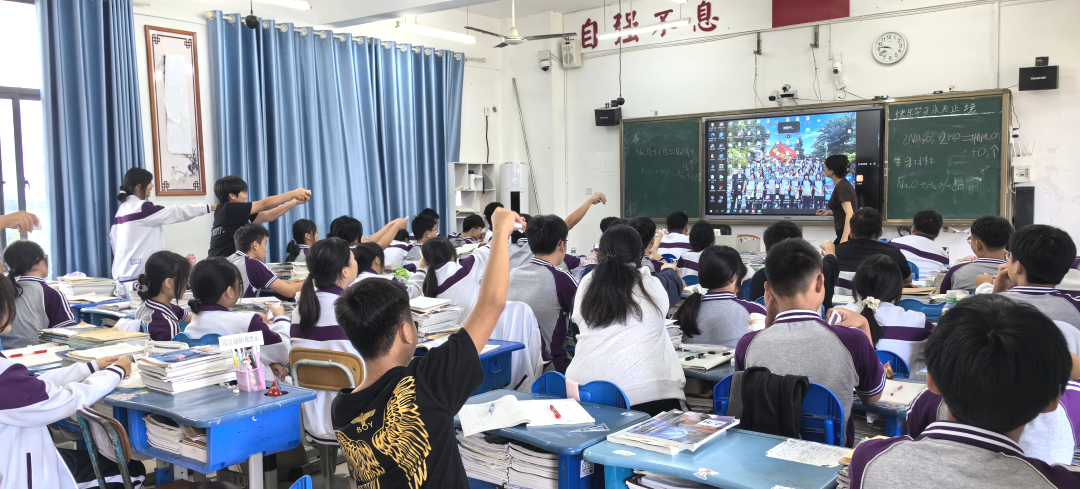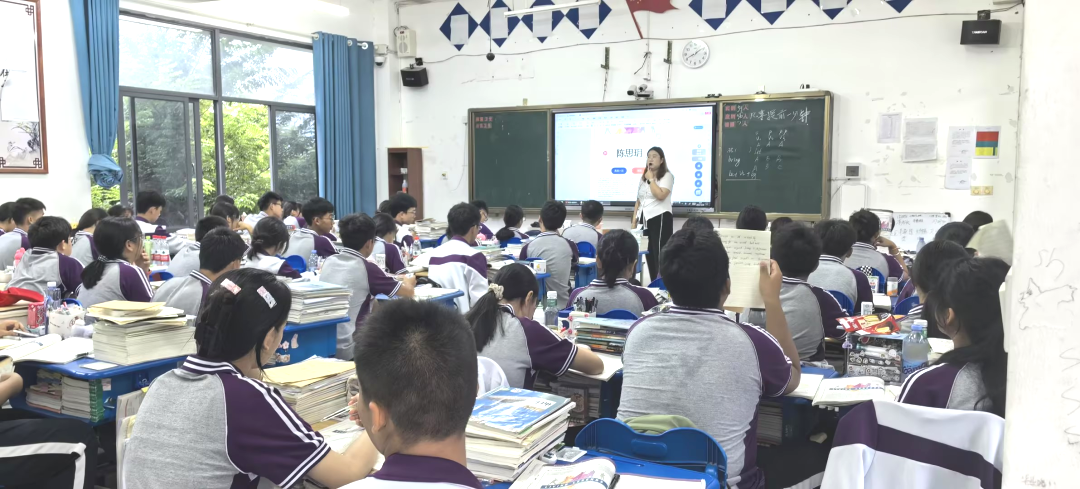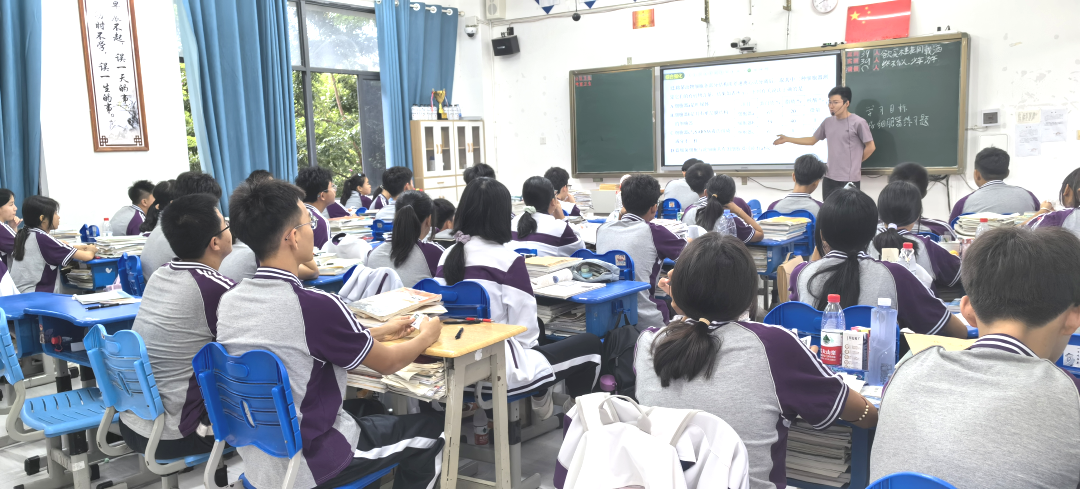In this rapidly developing digital age, the field of education is undergoing an unprecedented transformation. Traditional teaching methods are gradually merging with modern technology, giving rise to a series of innovative teaching tools. Among these,SunVote student response system is undoubtedly a shining new star in classroom teaching. It has significantly enriched teaching methods and played an indispensable role in promoting teacher-student interaction, stimulating student interest, enhancing grading efficiency, improving teaching efficiency, and supporting precision teaching.
Moreover, SunVote student response system adds fun and energy to classroom discussions, interactive voting, random answering, and group competitions. It fosters interaction between teachers and students as well as among students, fully engaging them in the learning process. Students are motivated to participate in class, creating a relaxed and enjoyable atmosphere for learning. Every class records the data on student participation and response enthusiasm, which is automatically turned into visual reports for permanent storage. This helps teachers conduct multi-dimensional analysis and evaluation of students' progress and learning status.

In terms of assessments, SunVote student response system excels in efficiency and accuracy. For in-class quizzes, timed exercises, and weekly tests, teachers can easily generate tests and set correct answers using the SunVote student response system, without the need for printing, distributing, and collecting paper answer sheets. Students can submit their answers using a student clicker tied to their student ID, replacing traditional paper answer sheets and effectively preventing errors in filling out paper forms. Teachers can organize assessments more easily and efficiently.

During the exam, teachers can also monitor students' progress in real time. After the test, SunVote student response system automatically grades objective questions, and students' scores and rankings are displayed in real time. Multi-angle, multi-dimensional learning reports and student profiles are automatically generated, which teachers can access anytime and anywhere via computer or mobile device. This helps teachers accurately diagnose students' learning status. Automated grading of objective questions significantly reduces the teachers' grading workload, allowing them to focus more on classroom teaching and research. These learning reports also provide scientific data for teaching evaluation and effective monitoring tools for school administrators, contributing to continuous improvement in teaching quality.



